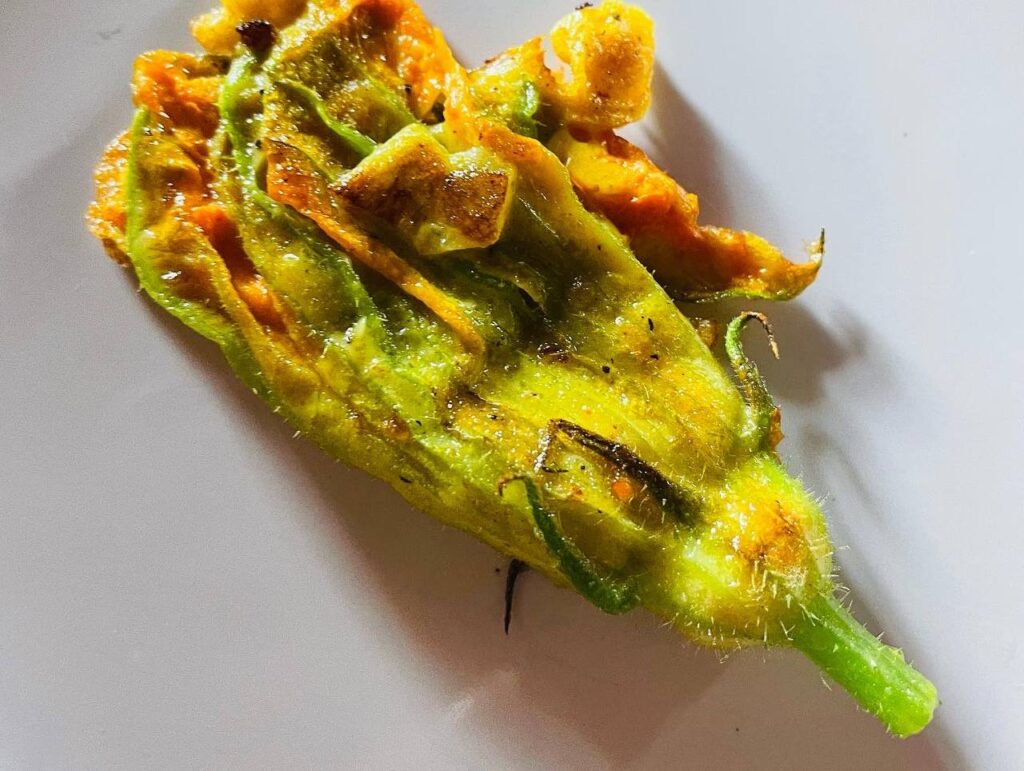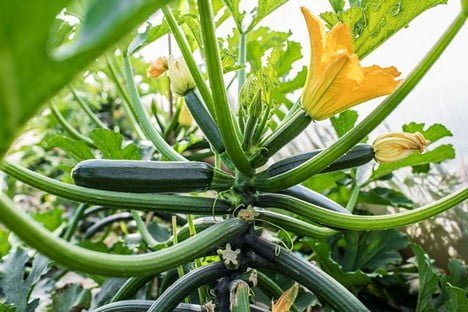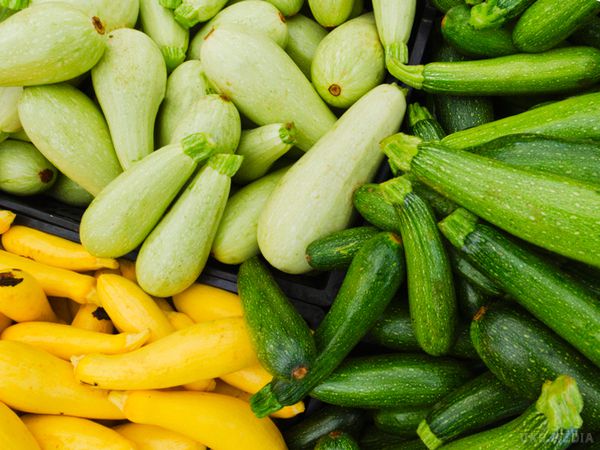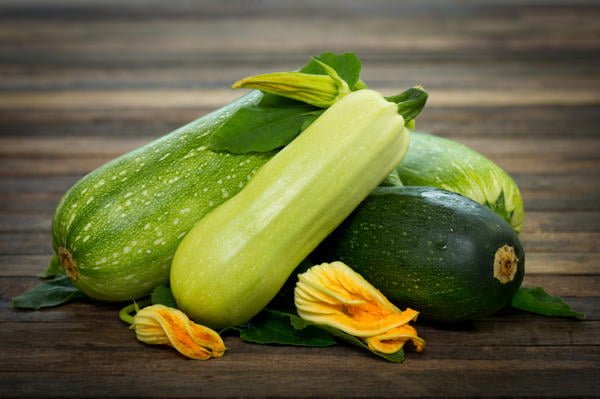Who does not know Zucchini? They are grown by amateur gardeners and commercial growers in the open field and even in high-tech greenhouses. However, the possibilities of this vegetable are often not fully used.
In recent years, edible flowers have become increasingly popular. The flowers of Zucchini were the very first to be used both for decorating dishes and as an independent dish. Most often, we are talking about male flowers (barren flowers). They appear first when five or six true leaves have formed on the plant. Depending on the variety, large, bright flowers have a pleasant aroma expressed to a greater or lesser extent. Refrigerated and hermetically sealed flowers remain fresh for five to seven days. Dutch manufacturers even export them to Germany. Some Italian seed companies offer varieties of Zucchini specifically for producing flowers.
Seven to ten days after the appearance of male flowers, female flowers form on the plant. Taken in time, before the flower has pollinated, they remain for several days and are also interesting for restaurant chefs. In Italy, this is one of the most popular snacks in every restaurant year-round.

 Of course, in the countries of the EastFruit project, no export of such a perishable product is possible. However, zucchini flowers may be of interest to local restaurants. Usually, growers of zucchini in greenhouses combine the offer of flowers and zucchini. In principle, flowers can also be obtained outdoors, but it is more difficult to ensure quality there, as wind, rain, snails, slugs, and insects damage the flowers.
Of course, in the countries of the EastFruit project, no export of such a perishable product is possible. However, zucchini flowers may be of interest to local restaurants. Usually, growers of zucchini in greenhouses combine the offer of flowers and zucchini. In principle, flowers can also be obtained outdoors, but it is more difficult to ensure quality there, as wind, rain, snails, slugs, and insects damage the flowers.
What is Zucchini?
This is the Italian name for a young squash. The Italian word for pumpkin is Zuccha, and Zucchini means “little pumpkin.” On the territory of the Russian Empire and later in the USSR, white-squashed marrows, common in the Middle East, were grown. Perhaps they were brought to Russia through Turkey. In Italy, varieties of zucchini with a dark green color on the fruit’s skin are historically common. When their seeds first came to the USSR in the seventies of the last century, the name zucchini came along with the seeds. But in French and English, Zucchini is called courgette.

The EU trade standard for Zucchini defined them as fruits of the species (Cucurbita pepo) up to 30 cm long and weighing up to 450 g, with delicate skin easily damaged by a fingernail and with set but soft seeds. The color and shape of the fruit must correspond to the botanical variety. That is yellow-fruited and white-skinned varieties, squash, and even zucchini with round fruits like oranges. They are all zucchini until they outgrow them. This standard was canceled more than ten years ago, but it is the default in practice.
Regardless of skin color, Summer Squash are fruits weighing more than 450 g (often reaching a mass of one or more kilograms) with well-formed but immature seeds and dense skin. In professional literature, such thick skin is called bark, meaning “white-bark varieties of zucchini.”
Size matters
When harvesting courgettes at the age of Zucchini, the maximum yield is achieved in open ground and greenhouses. In the middle of summer, there are periods when harvesting has to be done daily so that the fruits do not overgrow. At the same time, young ovaries do not have time to compete with the fruits, so they develop evenly. It is worth allowing the fruits to overgrow, begin to take away food from new ovaries, and they die off; as a result, the yield decreases.
In overgrown fruits, the seeds begin to ripen, the bark hardens, and the fruit itself turns into … a pumpkin, which botanically is Zucchini and is Cucurbita pepo – an ordinary pumpkin. Such fruits are stored at temperatures above 10 ° C almost until the end of winter until seeds begin germinating in them. Visually, this process is invisible, so it is essential to sell products on time to avoid complaints.

It is important to choose the right hybrid
In commercial production, the cost of growing Zucchini is lower than growing cucumber since the number of plants per hectare is much lower (12-14 thousand/ha compared to 30-35 thousand/ha of cucumber), which means lower costs for seeds and seedlings, and for plant care. At the same time, the price of early cucumber is close to that of early zucchini. The main problem is that the demand for Zucchini is lower than for cucumbers, but the cucumber market in most countries is close to saturation.
For commercial production, it is most beneficial to grow zucchini in spring or autumn in a protected field since, in summer, the market is overflowing with outdoor products, and all fans have an excess of their own Zucchini.
In countries where white-skinned marrows are popular, it makes sense to grow modern hybrids with a light green skin color; consumers quickly get used to them. However, in such fruits, damage to the skin is very noticeable – scratches from the nails or the edges of the leaves and bruising. These lesions also occur on dark green Zucchini but are less visible on dark backgrounds. Yellow-fruited zucchini are less productive compared to white-skinned and dark-green ones since they are later.

Interestingly, Zucchini tolerates low and high temperatures better than cucumbers and does not suffer from downy mildew (Pseudoperonospora cubensis). In hot weather, they become infected with powdery mildew (this disease has several pathogens). Still, many companies have had hybrids resistant to one or another pathogen of this disease for quite a long time (this should be considered when choosing a hybrid). There are more such hybrids in Zucchini with a dark green skin color. Just real powdery mildew and the first frosts end the season of open-ground squash and make it possible to enter the autumn greenhouse market. This turnover is relatively short since, in autumn, the daylight hours are rapidly reduced and, depending on the region, end in October or early November.
In the open field, Zucchini is often affected by viral infections, this is especially true in the open field, but some hybrids are resistant to the most common viruses.




